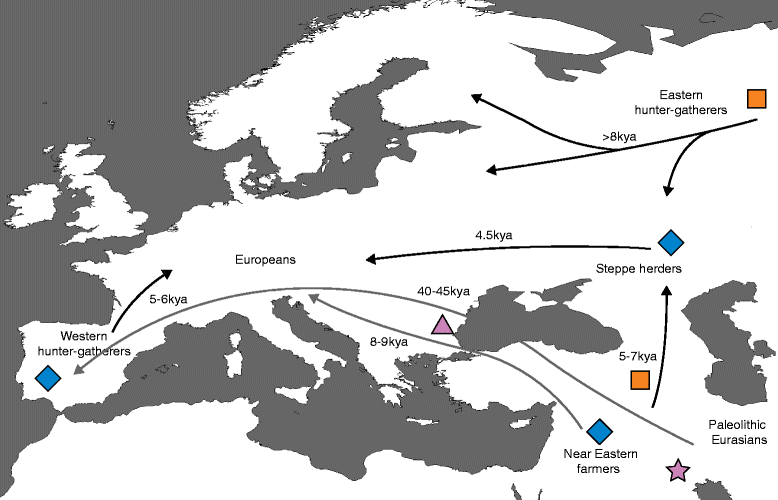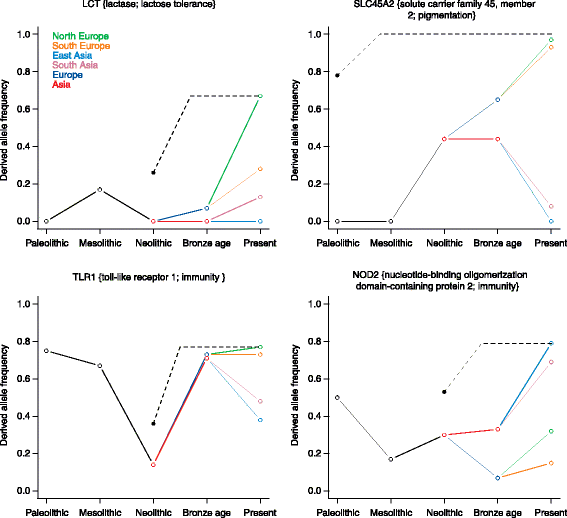Ancient DNA and the rewriting of human history: be sparing with Occam's razor
- PMID: 26753840
- PMCID: PMC4707776
- DOI: 10.1186/s13059-015-0866-z
Ancient DNA and the rewriting of human history: be sparing with Occam's razor
Abstract
Ancient DNA research is revealing a human history far more complex than that inferred from parsimonious models based on modern DNA. Here, we review some of the key events in the peopling of the world in the light of the findings of work on ancient DNA.
Figures


References
Publication types
MeSH terms
Substances
Grants and funding
LinkOut - more resources
Full Text Sources
Other Literature Sources

